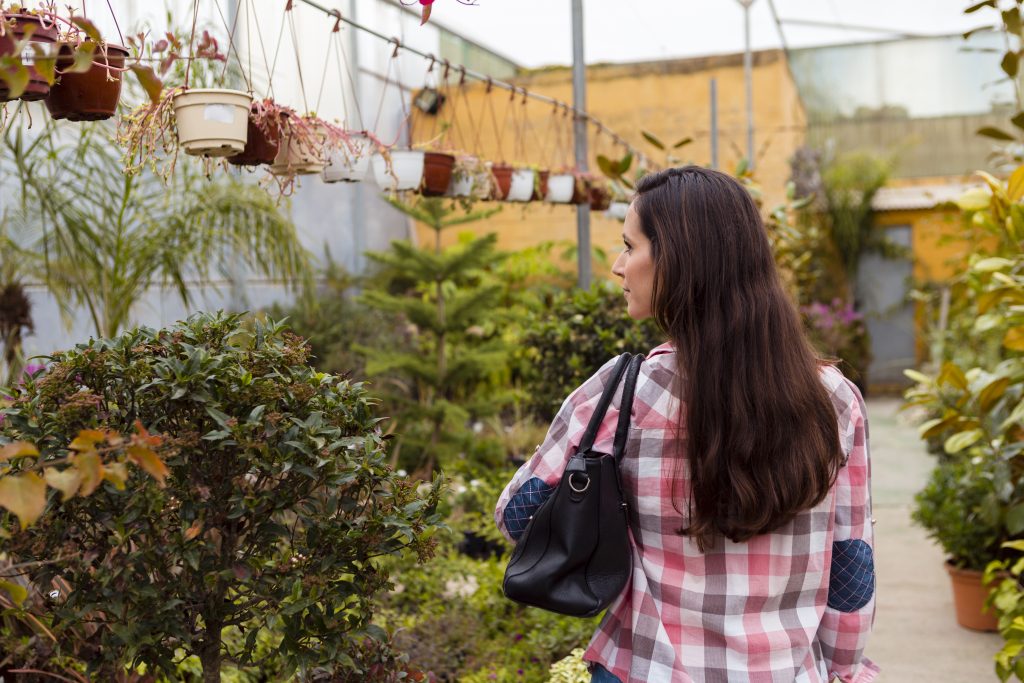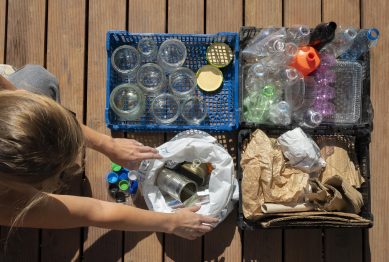As urbanization continues to rise and outdoor space becomes a premium, many gardening enthusiasts are faced with the challenge of creating lush, thriving gardens in small or limited outdoor areas. Whether you’re working with a tiny balcony, a small patio, or just a modest patch of land, gardening in compact spaces is entirely possible with the right strategies. In fact, small-space gardening has become a growing trend, as people are increasingly seeking ways to cultivate plants and grow food in urban environments.
This article provides expert gardening tips for limited outdoor spaces, helping you make the most of your available area. Whether you’re a beginner or a seasoned gardener, we’ll explore the latest trends and practical solutions to turn even the smallest space into a green oasis.

The Benefits of Gardening in Small Spaces
Gardening in small spaces offers a variety of advantages that go beyond aesthetics. It allows you to enjoy fresh air, grow your own food, and reconnect with nature. Additionally, small-space gardening can contribute to environmental sustainability by reducing your carbon footprint, providing habitats for pollinators, and even helping to manage stormwater runoff.
Key Benefits of Small-Space Gardening:
- Fresh Produce: Grow your own vegetables, herbs, and fruits, reducing your reliance on store-bought produce.
- Stress Reduction: Studies show that being around plants reduces stress, boosts mood, and improves overall mental well-being.
- Environmental Impact: By growing your own food and using eco-friendly practices, you contribute to sustainability and reduce waste.
1. Vertical Gardening: Utilizing Height for More Greenery
When outdoor space is limited, it’s essential to think vertically. Vertical gardening allows you to maximize every inch of available space by using vertical surfaces such as walls, fences, or trellises. This method is particularly effective for growing climbing plants like tomatoes, beans, or peas.
Why Vertical Gardening Works:
- Maximizes Space: By utilizing walls and fences, you free up floor space for other plants or outdoor activities.
- Improves Air Circulation: Vertical gardens allow for better airflow, which can help prevent diseases and pests.
- Easy Access: Vertical gardens are often more accessible, reducing the need to bend over or kneel, which is particularly helpful for people with mobility issues.
Practical Tip: Install a vertical garden on your balcony railing using planters or hanging baskets. You can also build or buy a trellis for climbing plants or use a modular vertical garden system for more flexibility.
Key Takeaway: Vertical gardening is an ideal solution for small spaces, allowing you to grow more plants without taking up valuable floor space.
2. Container Gardening: Flexibility and Mobility
If you’re dealing with a small or rented space, container gardening is a perfect solution. Containers—such as pots, window boxes, and raised beds—allow you to grow plants in a portable, movable way. Container gardening is especially beneficial for people with balconies, rooftops, or patios where in-ground planting isn’t possible.
Why Container Gardening Works:
- Portability: Containers can be moved around to find the best sunlight or to protect plants during harsh weather.
- Variety: You can grow a wide variety of plants in containers, including flowers, herbs, and vegetables.
- Easier Maintenance: Containers often require less weeding and can be easier to manage than garden beds.
Practical Tip: Choose the right size and type of container for your plants. Larger containers work well for vegetables, while smaller pots are great for herbs and flowers. Be sure to use well-draining soil and ensure your containers have drainage holes to prevent root rot.
Key Takeaway: Container gardening offers flexibility, making it easier to grow plants in limited outdoor spaces while giving you the freedom to move and rearrange them as needed.
3. Maximizing Sunlight: Choosing the Right Plants
One of the biggest challenges of gardening in small spaces is ensuring that your plants get enough sunlight. Limited outdoor areas may only receive partial sunlight, so choosing the right plants is key to success. Fortunately, there are plenty of plants that thrive in low-light conditions, or that can be placed in areas that get just a few hours of sun per day.
Best Plants for Limited Sunlight:
- Herbs: Many herbs, such as mint, parsley, and basil, can thrive in partial sun.
- Leafy Greens: Lettuce, spinach, and kale are great options for shaded areas.
- Flowers: Shade-loving flowers like impatiens, begonias, and fuchsias can brighten up your small space without requiring full sunlight.
Practical Tip: Consider placing your plants in areas that receive indirect or filtered sunlight, such as near a window, under a pergola, or next to a building. You can also use sheer curtains or shade cloth to provide some protection from harsh sun.
Key Takeaway: Select plants that are suited for the amount of sunlight your space receives, and use creative ways to maximize the available light.
4. Companion Planting and Intensive Gardening
In small spaces, it’s essential to use gardening techniques that maximize yield without taking up too much space. Companion planting and intensive gardening are two methods that allow you to grow more in less space.
What Is Companion Planting?
Companion planting involves growing two or more plants together that benefit each other. Certain plants repel pests or help improve the growth of others. For example, planting basil alongside tomatoes can improve flavor and deter pests.
Intensive Gardening Techniques:
- Square Foot Gardening: This method involves planting crops in a grid pattern to maximize the use of space. Each square foot is dedicated to a different plant, allowing for high-density planting.
- Succession Planting: By planting crops with different harvest times, you can make the most of your growing space by ensuring that plants are always in production.
Practical Tip: Plan your garden layout carefully. Combine fast-growing plants like lettuce or radishes with slower-growing crops like tomatoes or peppers to optimize space and productivity.
Key Takeaway: Companion planting and intensive gardening are great ways to grow a variety of plants in limited spaces, helping you get the most out of your garden.
5. Indoor Gardening: Bringing Greenery Inside
If you’re limited by outdoor space, consider expanding your garden indoors. Indoor gardening allows you to grow plants year-round, regardless of weather conditions. With the right setup, you can grow everything from herbs and vegetables to ornamental plants and flowers inside your home.
Indoor Gardening Ideas:
- Windowsill Gardens: Use windowsills for growing herbs and small vegetables like spinach and radishes.
- Indoor Greenhouses: Small, compact greenhouses can be set up indoors to grow a variety of plants in a controlled environment.
- Hydroponics: For those looking for an innovative solution, hydroponic systems allow you to grow plants without soil, saving space and reducing mess.
Practical Tip: Use vertical planters or hanging baskets to maximize space indoors. Consider installing shelves or using window boxes to create additional planting areas.
Key Takeaway: Indoor gardening is an excellent option for those with limited outdoor space, providing year-round gardening opportunities.
Conclusion: Making the Most of Your Limited Outdoor Space
Gardening in limited outdoor spaces may seem challenging, but with the right techniques and strategies, it’s entirely possible to create a thriving garden. Whether you opt for vertical gardening, container gardening, or maximizing your indoor space, there are countless ways to grow plants and enjoy the benefits of nature, even in small areas.
By selecting the right plants, using space-efficient gardening methods, and getting creative with your space, you can turn even the tiniest outdoor area into a productive, beautiful garden that enhances your lifestyle and contributes to sustainability.
Reference
- Transform your tiny garden into a lush haven with these creative tips, https://apnews.com
- A Complete Guide to Vertical Gardening, https://rootsandrefuge.com
- Gardening in restricted spaces, https://en.wikipedia.org









